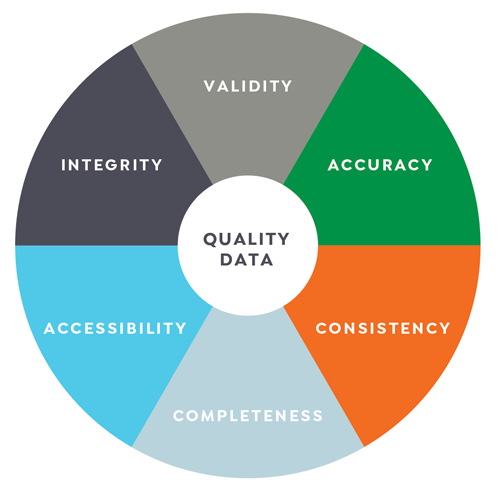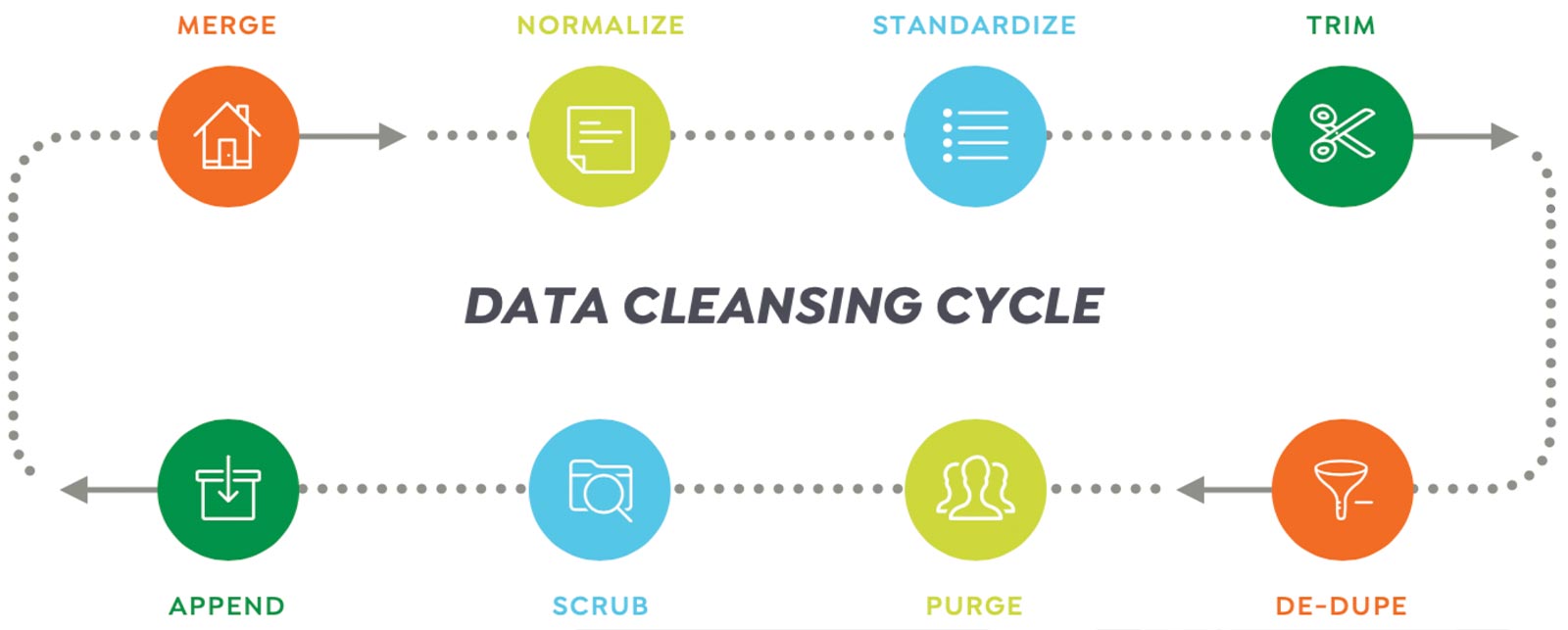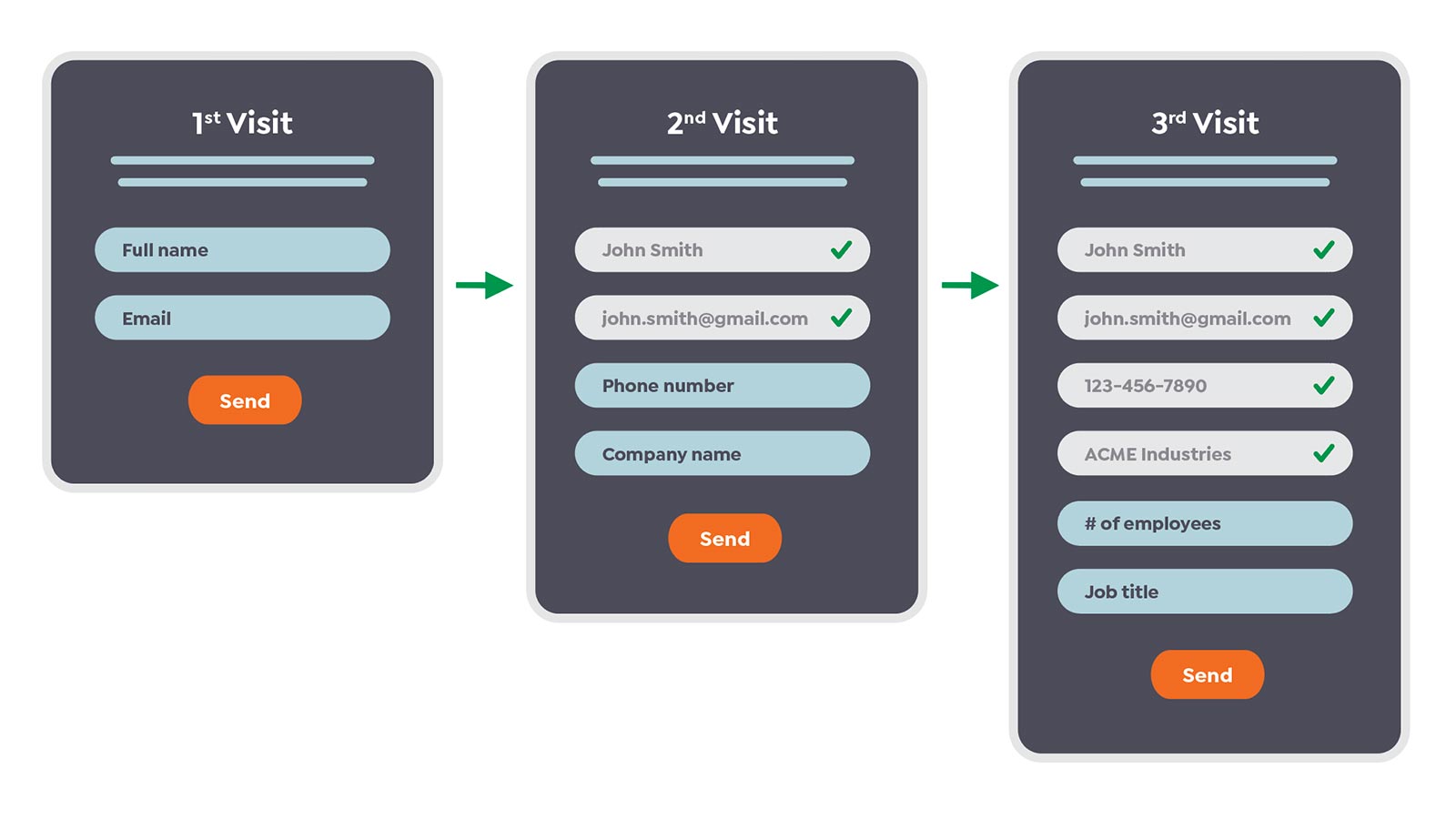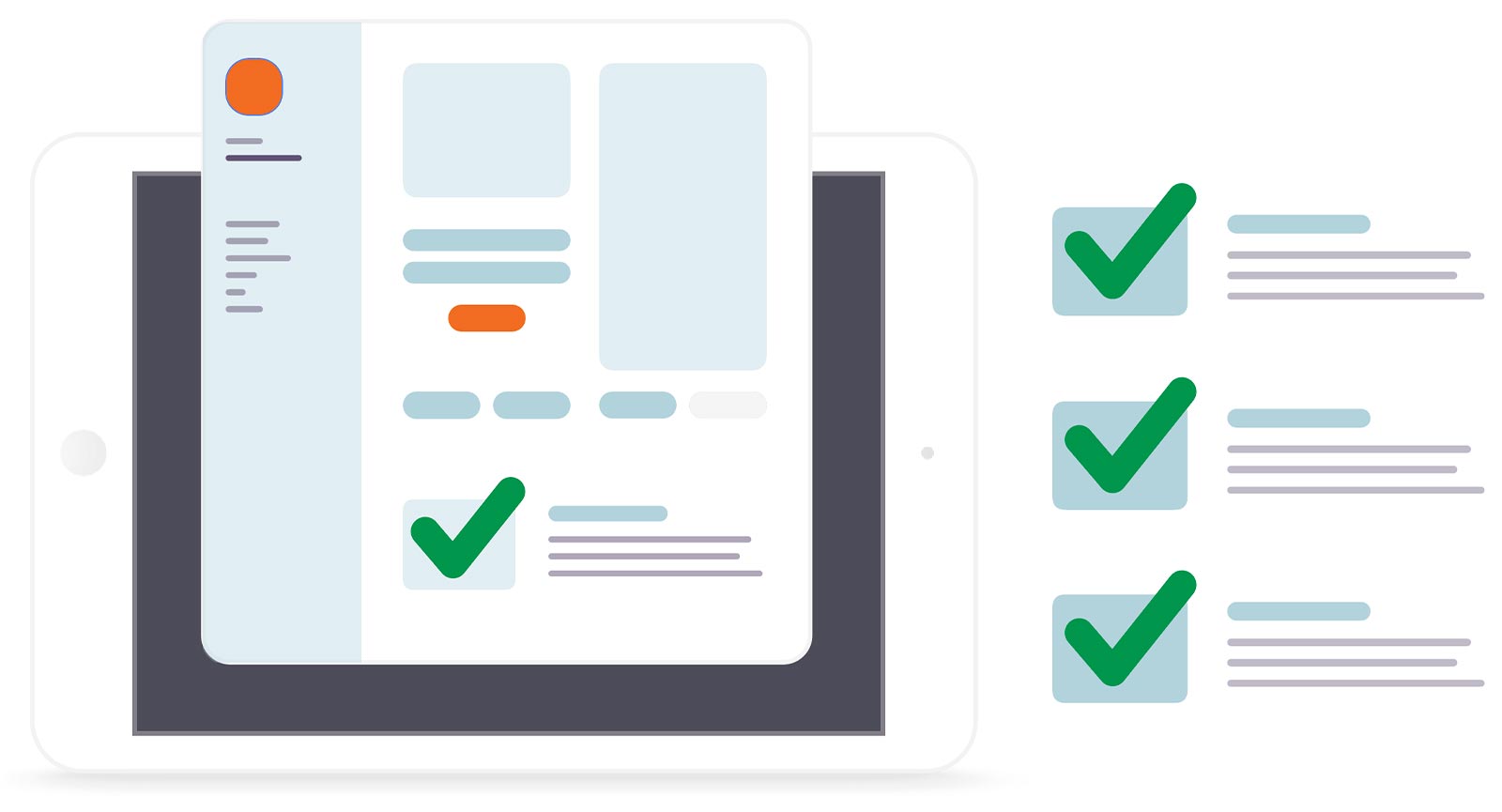4 MINUTE READ
Through our work with Thomson Reuters, Digital River, US Bank, Red Wing Shoes, Resideo, 3M and others, we’ve learned six best practices that will help you turn your internal buyer and customer data into an essential asset for success.
Buyer / customer data provides both the essential foundation and ongoing fuel for driving B2B marketing success. But it’s not just any data; it needs to be comprehensive, accurate, up-to-date, and usable. In a word, it needs to be “quality” data.
 Quality data can come from two general sources; internal and external. Both sources have important roles to play, but internal data can be both richer and more practical.
Quality data can come from two general sources; internal and external. Both sources have important roles to play, but internal data can be both richer and more practical.
So why is internal data critical to B2B marketing success? Because without high-quality data cultivation and application, it’s much more difficult to connect with prospects efficiently and effectively along their buying journeys, generate quality leads, and convert into customers.
Companies often start their data strategy by implementing a CRM, like Salesforce, Oracle, Microsoft Dynamics, but there are other tools to collect and activate data, including customer data platforms (CDPs), marketing automation platforms (MAPs) like Hubspot, Eloqua, Pardot or Marketo, or even stand-alone email and social platforms.
Read on for six useful ways you can stand up internal data collection and activation, and set up your B2B marketing programs for greater success.
#1 – Make room for ALL contacts within an account

Many companies use CRMs primarily to house billing contacts for existing customers. So when it comes to using that data for marketing efforts, i.e. for up-sell targeting or look-alike modeling, effectiveness will be low – unless you only intend to target individual purchasers. So work with sales to incorporate contacts and information from all customers’ account and buying committee members.
Why? Because the larger the purchase price, the larger the team influencing the purchase process. In fact, Gartner reports a typical buying group for complex B2B solutions involves six to ten decision makers. Therefore, all account contacts are valuable and should be captured, because the more contacts you have within that buying committee, the more segmented and personalized your approach can be – especially for ABM.
#2 – Strive for complete contact records
Identifying in advance the ways you wish to connect to targets will help you establish the fields you’ll need in your database. Without this step, you may end up with “skeleton contacts” consisting of only one or two data fields (e.g., an email address with no phone number, or a physical mailing address with no email, etc.). Furthermore, if your sales team doesn’t have a consistent and common set of fields to complete, they may end up entering a variety of fields, resulting in inconsistent information and making some contacts less useful than others for marketing purposes.

Typically, the basic, essential data points include: name, title, physical address or branch location, work email address, and phone number. Additionally, adding information about the customers’ preferred ‘work’ social media channels or ‘how you found us’ is a bonus that can improve connection efficiency. These data points enable audience matching, lookalike modeling, and other targeting tactics used in digital marketing today.
#3 – Maintain, and grow, your database

Keep in mind that a customer/prospect database is not a static asset; it’s a living, evolving, work-in-progress. Expect contacts to change jobs, change locations, obtain new job titles, or leave the company—frequently.
Nothing makes a bad impression like sending an email with the wrong name in the subject line, or using a job title that is from two or three years ago. And nothing is more wasteful than spending money trying to reach contacts who no longer work for the company you’re targeting.
So cleanse and audit your data regularly, and append additional external data sources to enrich your data and keep it up to date. Some B2B data providers, like DiscoverOrg, ZoomInfo, Datanyze, and Dun & Bradstreet will even audit, cleanse, and enrich your data for you, directly within your CRM or MAP.
#4 – Make it easy for prospects to opt-in
If you’re at the beginning stages of compiling buyer data, you’ll want to entice prospects to opt-in to your marketing communications by offering something of value in exchange for their information, AND by making the opt-in process frictionless. For example, requiring a minimal amount of information on the first touchpoint makes it easy to opt-in—and you can always follow up with contacts and complete their profiles later: this is an approach commonly known as progressive profiling.

A good rule of thumb is to ask for only the information that is required to qualify prospects for the initial sign-up. Then, as they interact with your marketing efforts and content and begin sending additional buying signals, you can build out their profiles by collecting more data points.
#5 – Ensure sales, marketing, and other teams align on data

When marketing and sales set up and use their own independent databases, it creates a whole host of inefficiencies and administrative headaches. Inevitably, multiple databases result in duplication of contacts, which can lead to multiple, uncoordinated messages reaching prospects at the same time.
For example, sales may be targeting select buyers with a specific message or promotion, while marketing is promoting a totally different offer or message to those same audiences. The result? Instead of buyer relevance, your efforts may result in buyer confusion.
Organizations need to understand that there are almost always ways to “share” data while still protecting the interests of multiple internal functions – for example, anonymizing data for use in targeting. With communication and compromise, your teams can collectively reach mutually satisfactory solutions.
#6 – Obtain permission to market to all contacts
Perhaps the most important consideration of building and leveraging internal customer data today is data privacy. Marketers now have to navigate much more complex regulations when it comes to using personal identifiable information (PII), driven by the increasingly recognized need for data security.

Fines and penalties are becoming larger with each new legislation, so much so that incurring such a fine could significantly impact an organization’s profitability, not to mention the PR impact. Above all, organizations need to follow the rules and make sure they have the right permissions for the data they collect, as well as full transparency into how that data will be used.
Modern B2B marketing is fueled by efforts that require quality data; from account-based marketing to lead nurturing to marketing automation. But the reality remains: B2B buyer data decays at a rate of 70% per year—and according to Dun & Bradstreet, more than half of B2B marketers are not confident in the quality of their data. So, these best practices are something to build into your on-going standard operating procedures.
We have entered a “new normal,” but even with everything that’s changed, one thing remains the same: having ready-to-use B2B buyer data remains critical for your organization to conduct effective demand generation efforts. So set your business up for success by dedicating your efforts to the data necessary to reach and engage your best buyers, now and in the future.
